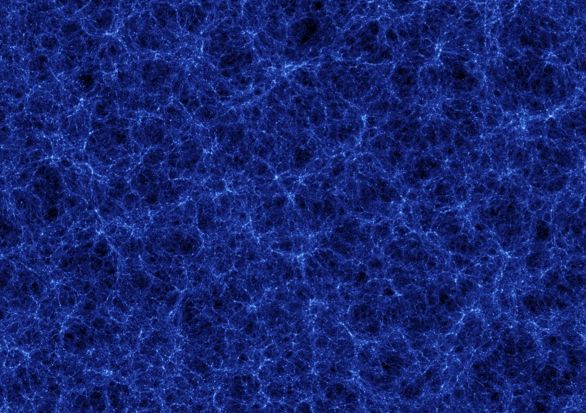
How did the universe began from a hot, dense uniform phase and evolved into what we observed today with plentiful structures composed of stars, galaxies, clusters of galaxies, super-clusters, voids and filaments? It is the main question in modern cosmology. Recently, an extremely large numerical experiment has been made on Lenovo DeepComp 7000 supercomputer installed in Computer Network Information Center of CAS. The experiment is part of the “Pangu Project” led by the Computational Cosmology Consortium of China (C4) – a group of young astronomers from Purple Mountain Observatory, Shanghai Astronomical Observatory, National Astronomical Observatories and Supercomputer Center of CAS.
The“Pangu Project” aims to run a series of extremely large simulations to resolve the structure formation in the universe dominated by dark matter and dark energy using China-made supercomputers. This simulation uses nearly 30 billions particles to track the evolution of the matter distribution in a cubic region of the universe of 4.5 billion light-years on each side. The series of simulations will help us to understand the complex physics underlying in the formation and evolution of galaxies , central supermassive black holes. Moreover, they will enable Chinese astrophysicists to make a comprehensive comparison with the wide field galaxy survey by the LAMOST telescopes, also provide useful mock catalogues for the Antarctic astronomy at Dome A, Antarctica. | 
